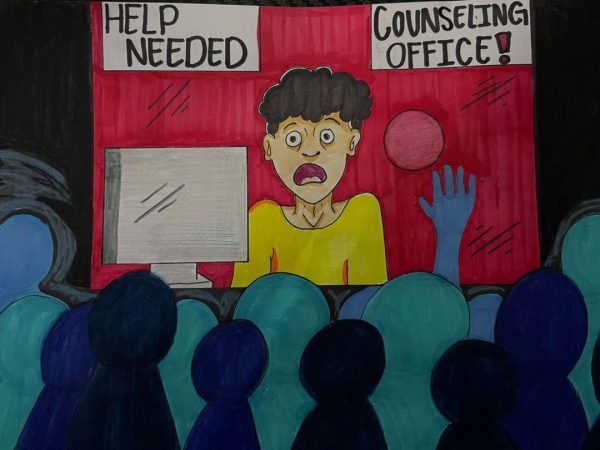Should class schedules be printed? No
With budget cuts occurring on campus, spending $200,000 on class schedules makes no sense.There is no reason to have class schedules printed. If anything, a “borrowing system” should be put in place, similar to the textbooks students are allowed to check-out in the East Wing of the Schauerman Library. While the convenience of having schedules in your hands can be gratifying, classes are available online and the site is not as hard to navigate and use as some people make it out to be. Course schedules can be accessed on the website and students have earlier access to them. Let’s not forget as well, that our school budget is dwindling. Budget cuts are being made . Thankfully, the world is becoming more tech savvy as the years go by and the new “smartphones” give users the capability of not only accessing the Internet while they are away from home, but also gives users the ability to download various applications. EC has taken advantage of this with the MOX application that gives information on the time and date of classes. Some students may be without a phone, Internet access or even a computer within their household, but computers are available at the Library, the Student Services Center, and several labs throughout campus. The U.S. Environmental Protection Agency statistics show that 68 million tons of paper and paperboard is used by Americans and the average American uses approximately one 100-feet-tall Douglas fir tree in paper products per year. We need to get with the times and while online capabilities are incomparable to the real thing, when it comes to conserving our environmental resources and budgets, paper distributing traditions can be hung up to dry for the time being.EC is slowly going green. The Associated Student Organization (ASO) is going paper light and has even started a recycling committee to help bring some very necessary eco-order to this campus. According to the EC news and events Web page, the new Math, Business and Health Sciences Building will be built to fit the Leadership in Energy and Environmental Design (LEED) silver criteria, making future facilities energy efficient. The next step is to reduce the college’s usage of paper, and spending $200,000 on course schedules.






